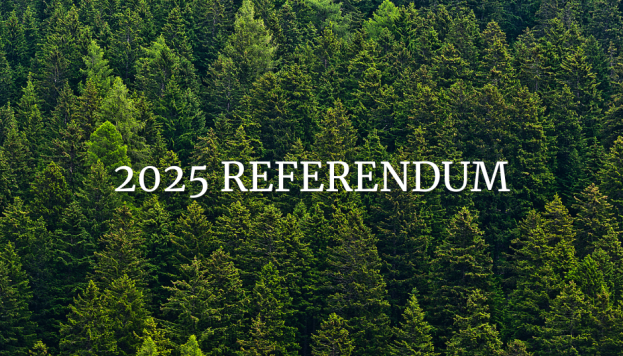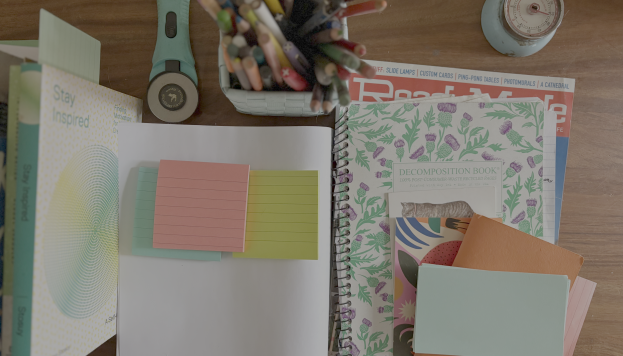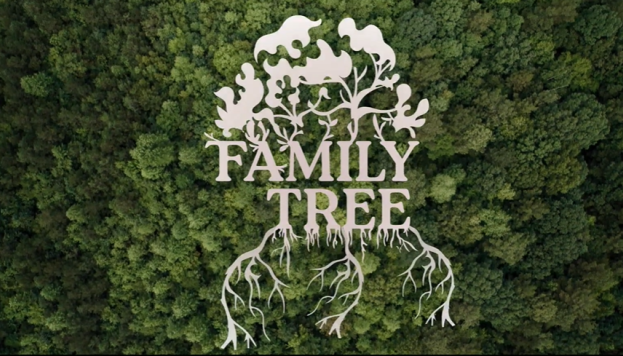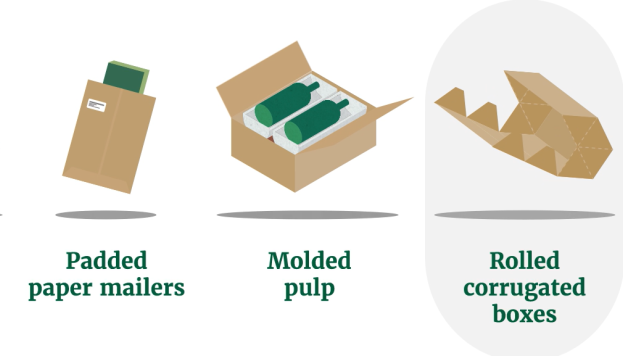Researchers Asked More Than Two Thousand Consumers About Sustainability. They Found a Huge Opportunity for Our Industry.
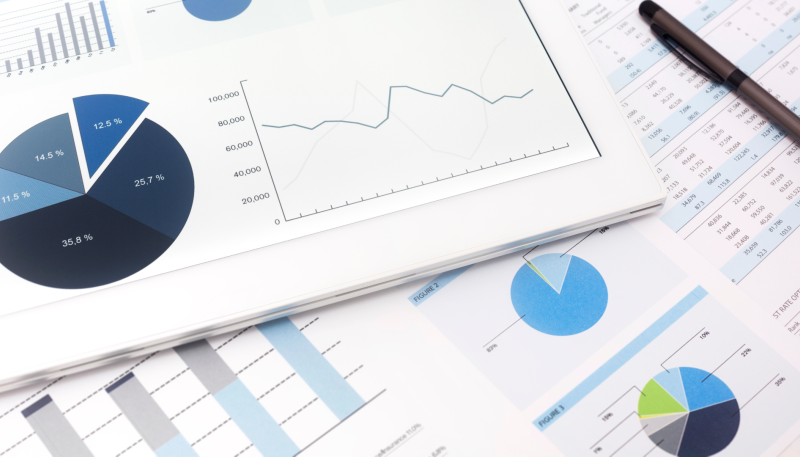
Here at the Paper and Packaging Board, we have a curated list of researchers we rely on for deeper insights into our work for you. At the top of my list is The Hartman Group (THG), a Bellevue, Washington consultancy focused on the food and beverage marketplace. Since 2007 they have conducted a large-scale sustainability study every two years, and we always eagerly await the latest. Their October 2023 study did not disappoint.
THG has been tracking awareness of the term “sustainability” for 16 years. In 2023, more consumers than ever — 88% — recognize the word. That’s up from 55% when they started tracking in 2007. Most fascinating and relevant to our industry and to our campaign is that, despite the high level of awareness around the word, only 26% of those same consumers can name a sustainable product, and only 18% can name a sustainable brand! This massive gap represents a significant opportunity for our industry to position our innovative products as the smart choice for the planet.
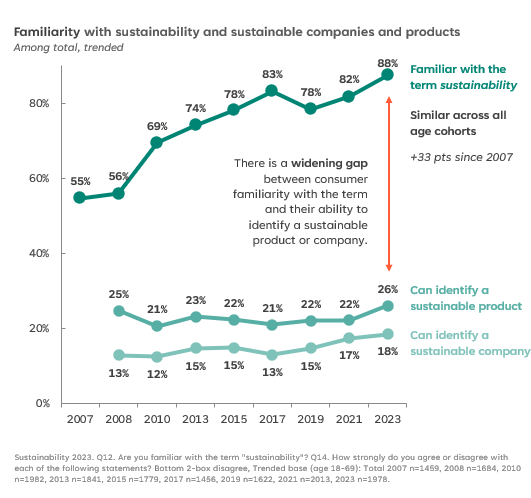
Why do I believe this? THG makes the case that product packaging is on the frontline of recycling for consumers. According to THG, “packaging … can be a powerful mechanism for reinforcing sustainability perceptions of products - or undermining them... consumers want to recycle packaging at the end of the product life, as from their point of view recycling is the most significant and the easiest way to be sustainable.”
THG goes on to say, “Recycling is perhaps the clearest example of how many Americans have historically approached sustainability measures as activities for which they, as individuals, bear significant responsibility. Regardless of what municipal services are available to a household, in the U.S. there is a prevailing moralizing stance towards recycling. Many claim to recycle regularly, as a predominant American cultural narrative is that those who do not recycle -or do not try to recycle -are somehow deficient, even if one does not live in an area that has good recycling infrastructure. And on the flip side, if one does recycle, that is enough: the consumer is doing their part.”
But according to THG, consumers are often confused by the proliferation of rules and options about what they can recycle and how.
There it is again. Confusion. Plastic recycling can be highly confusing, and paper recycling isn’t always clear either. Take pizza boxes. Millions of pizza boxes are made from either containerboard or paperboard. And research shows that a little grease and cheese do not affect their recyclability. So why can’t America’s haulers get aligned with this message? Consumers want to do the right thing. That’s why we remind them to empty and flatten the box before recycling.
THG goes on to note that because of continued consumer confusion and frustration, consumers are looking toward and expecting more from companies and government authorities to help clarify and simplify recycling. The most drastic solution comes from the six states that have enacted extended producer responsibility (EPR) laws that levy fees to manufacturers to pay for recycling programs. Several other states are considering similar measures. How can we offer better, easier alternatives?
Once again, independent research is telling us many of the same things we have heard for years. Our industry’s track record of recycling success is not enough. To be publicly recognized for our sustainability ethos and culture, we have to simplify and more actively promote our recycling guidance — or risk being subject to increasingly costly oversight.
The Paper and Packaging Board takes this responsibility seriously, and is setting the record straight on pizza boxes, paper cups, and other confusing paper-based products. In addition, we are offering e-commerce brands a new tool to help consumers do their recycling right every time. Our Box to Nature recycling mark is designed expressly for our products, and is supported with a national campaign. This tested mark is motivational, instructional and, when used on the top inside flap of the box, provides consumers with an easy-to-understand reminder that their recycling habits matter for the planet. That is one of many ways we reinforce paper as the sustainable choice, and make sure consumers remember and identify sustainable practices with our industry.
There’s more great news for us in the THG report, and I encourage you all to read it. One chart that stuck out to me is this one, showing the most salient meanings of sustainability for respondents. As you go down the list, you’ll notice as I did how many of these principles — nearly all of them! — are embedded not just in our industry’s commitment to sustainability, but in our very business model, and in the very nature of the material we work with: trees.
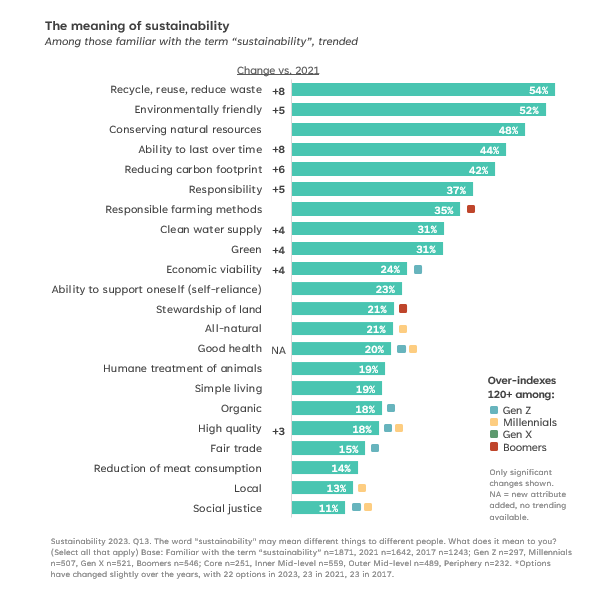
There’s simply no other material that can lay claim to the heart of what sustainability means to people the way that we can. And that’s why I’m so confident that our investments in consumer education and recycling best practices will yield great things.
Charts and study referenced are from The Hartman Group’s Sustainability 2023 Making Things Personal study. To purchase the study contact Melissa Abbott at melissa@hartman-group.com.
